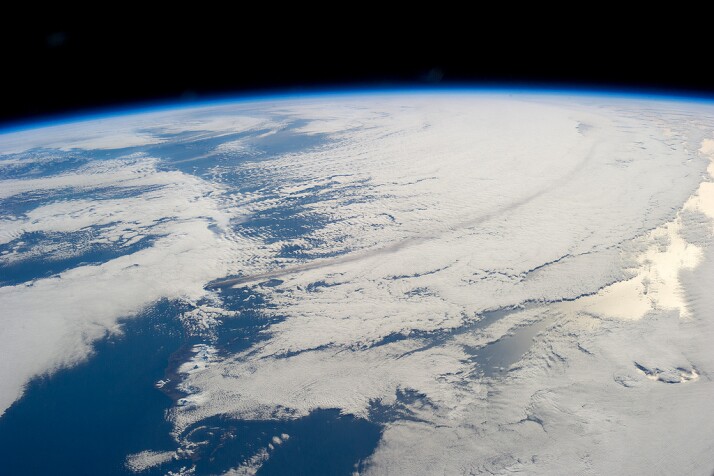News Currents: Geoengineering

News Currents: Geoengineering lead image
NASA Goddard Space Flight Center via Flickr
(Inside Science) -- Geoengineering is a giant thought experiment, so far. The term refers to methods that might be used to purposely affect the climate and correct for the warming effects of greenhouse gases. The idea has a considerable number of cheerleaders and critics. Even if a technique provided the desired amount of cooling, the potential for significant unintended effects would still be great. And performing any controlled, contained testing of any of the methods might prove to be very difficult.
This is part of why people are nervous about the idea of deflecting sunlight away from the Earth’s surface by releasing gases or other molecules into the atmosphere. Or storing carbon dioxide underground or stirring it into the ocean. Or additional ideas, some of which edge toward the so-crazy-it-just-might-work part of the spectrum.
This in-depth article from The New Yorker
Here’s another idea, from a chemical engineering magazine called tcetoday


